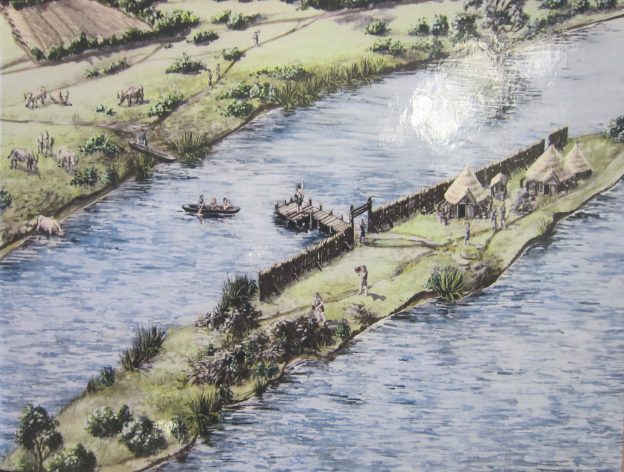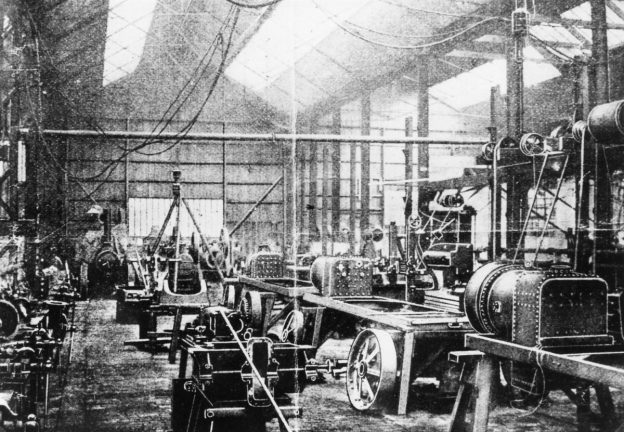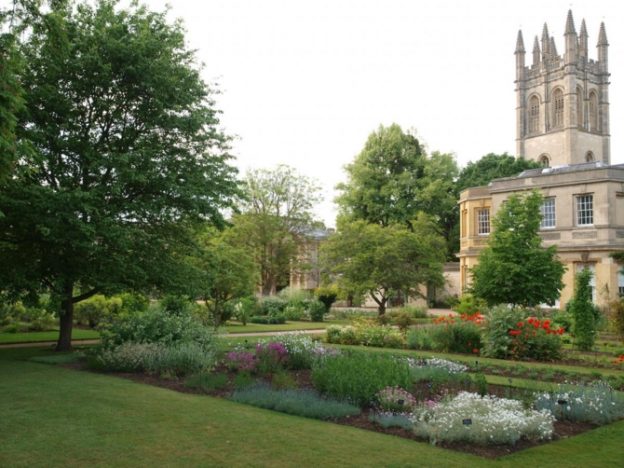This talk was given to the Society by Andrew Sargent.
Mr Sargent began by telling us that the period he would cover spanned about 500,000 years. This was a time when Britain was attached to the European mainland, the climate was similar to the Mediterranean climate today , and the fauna and flora were very different from the present. The Thames followed a very different course then, taking a channel to the north of the present one.
The earliest remains of ancestors of modern man (hominids) in Britain were found in Boxgrove in Sussex, and have been dated to 500,000 years old. Similar (though later) finds were made in Swanscombe in Kent and Kents Cavern in Devon. Later evidence of hominids in Britain is rather slight for a long period, until the appearance of Neanderthal man some 60,000 years ago. Only a few Neanderthal remains have been found in the Thames Valley.
The first humans appeared on the scene about 40,000 years ago, although again there is very little evidence of their presence in this area. Then about 16,000 years ago the climate worsened and the Neanderthals disappeared. From now on there is more evidence of human activity. Flint axes and tools have been found in many places, including Burford and Goring, and this shows that groups were passing along the Thames, probably in pursuit of game.
Between 9,500 and 6,000 years ago, the Mesolithic (Middle Stone) Age, objects with a ritual significance were produced, and around 6,000 BC, at the beginning of the Neolithic Age, the first pottery and stone tools have been found, for example on the confluence of the Ock and the Thames, and in Tubney woods. Around this time was the start of mixed farming. The communities were still mobile, and there is only evidence of a little cereal farming. The main activity seems to have been the clearing of ground for grazing livestock. There have been many finds in Stanton Harcourt, and in Benson from this period.
Some of the most significant monuments in the Upper Thames area from the Neolithic period were Waylands Smithy on the Downs (a Long Barrow), the Devils Quoits at Stanton Harcourt, structures at Dorchester on Thames and Barrows in Barrow Hills in Radley. By the second millennium BC barrows were no longer used. With the onset of the Bronze Age we see the rise of a class of leaders, and evidence of conflict and the development of metal weapons. Trade, too, became more important, and there is evidence that Wallingford became an entrepôt for traders using the Thames to carry goods to the London area. Further down river, Runnymede became an even larger entrepôt.
At this time people were often buried with weapons and rich objects, and many swords were cast into the river, probably as a ritual action. In the Iron Age, between 800 BC and the Roman invasion, there is more evidence that a stable social order was developing. Small settlements
were developing on a permanent basis, with fields and permanent dwellings. In Stanton Harcourt, and nearby at Gravelly Guy there was evidence of about 30 round houses. Another example was Mingies Ditch, on the Windrush, a farmstead with rough grazing for livestock.
At about the same time, hill forts were developing, for example at Wittenham Clumps. Similar settlements were built in lowland areas too. Many of them survived the Roman invasion and have become known as Oppidums (Oppida). A good example of that is Silchester, in Hampshire.
Abingdon, too, may have been an Oppidum. It was occupied through the whole of the Iron Age, and it has claims to be the oldest continuously inhabited town in the country.
The main ‘Roman’ towns in this area were Abingdon, Cirencester, Dorchester, Oxford and Wallingford. The Roman occupation led to a more peaceful existence for the native people who often began to think of themselves as Romans, and villas appeared in many places. These were usually farmsteads, and not necessarily luxurious places, as they might have been in Italy. The
Romans themselves were rather dismissive of the natives, often referring to them as “Britunculi” (titchy Britons), but there is little evidence in this area of poor relations between occupiers and occupied.



